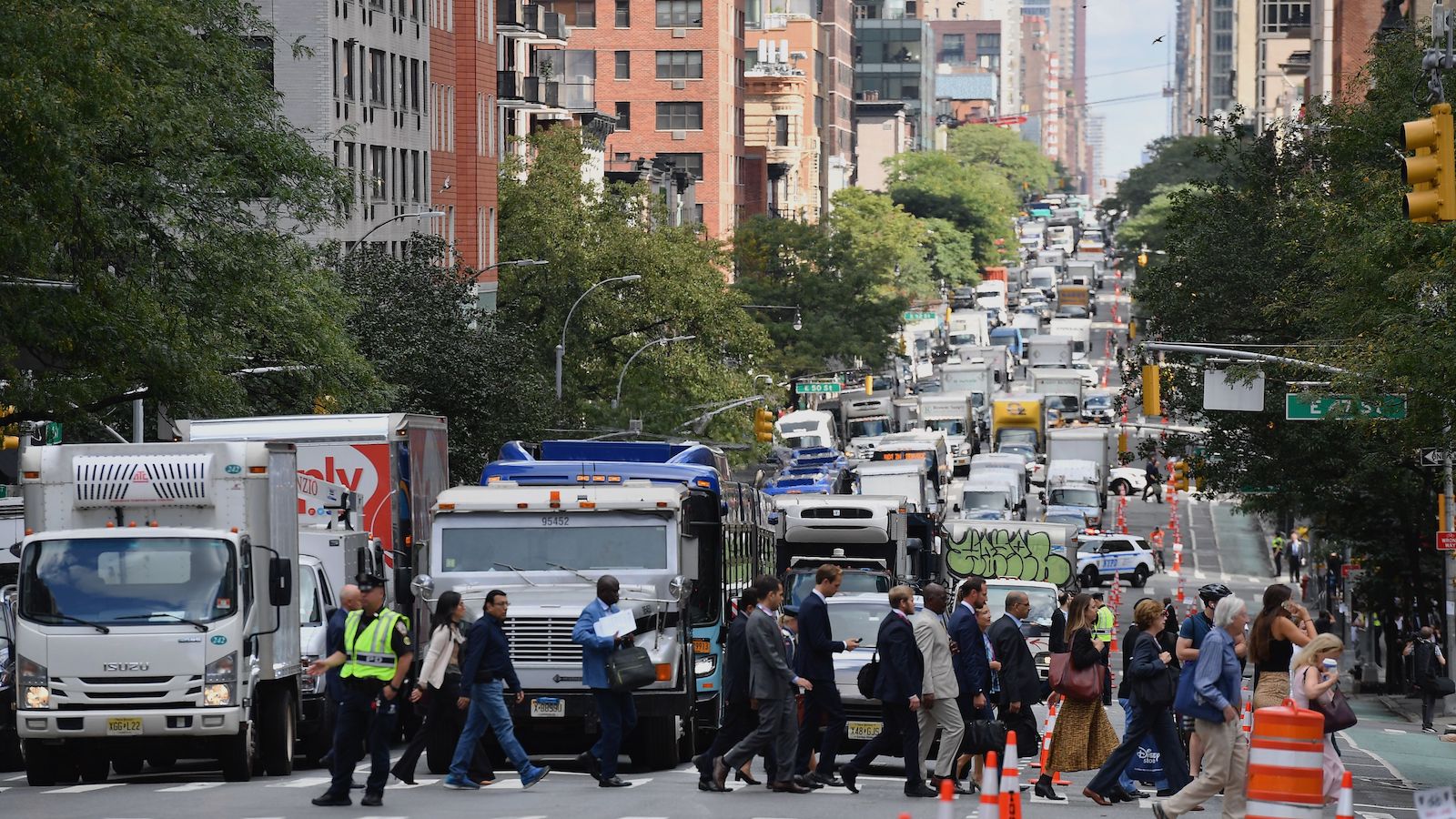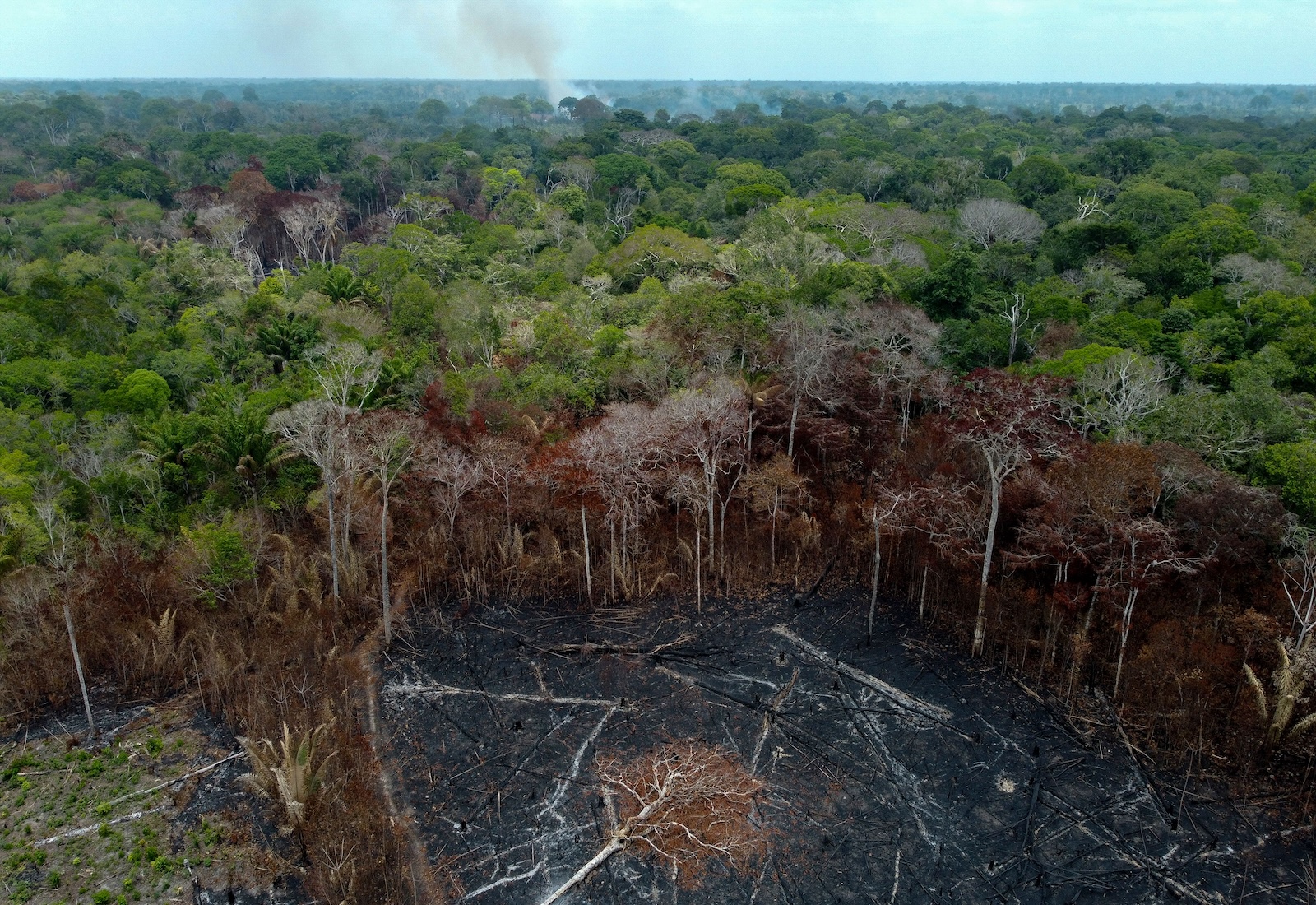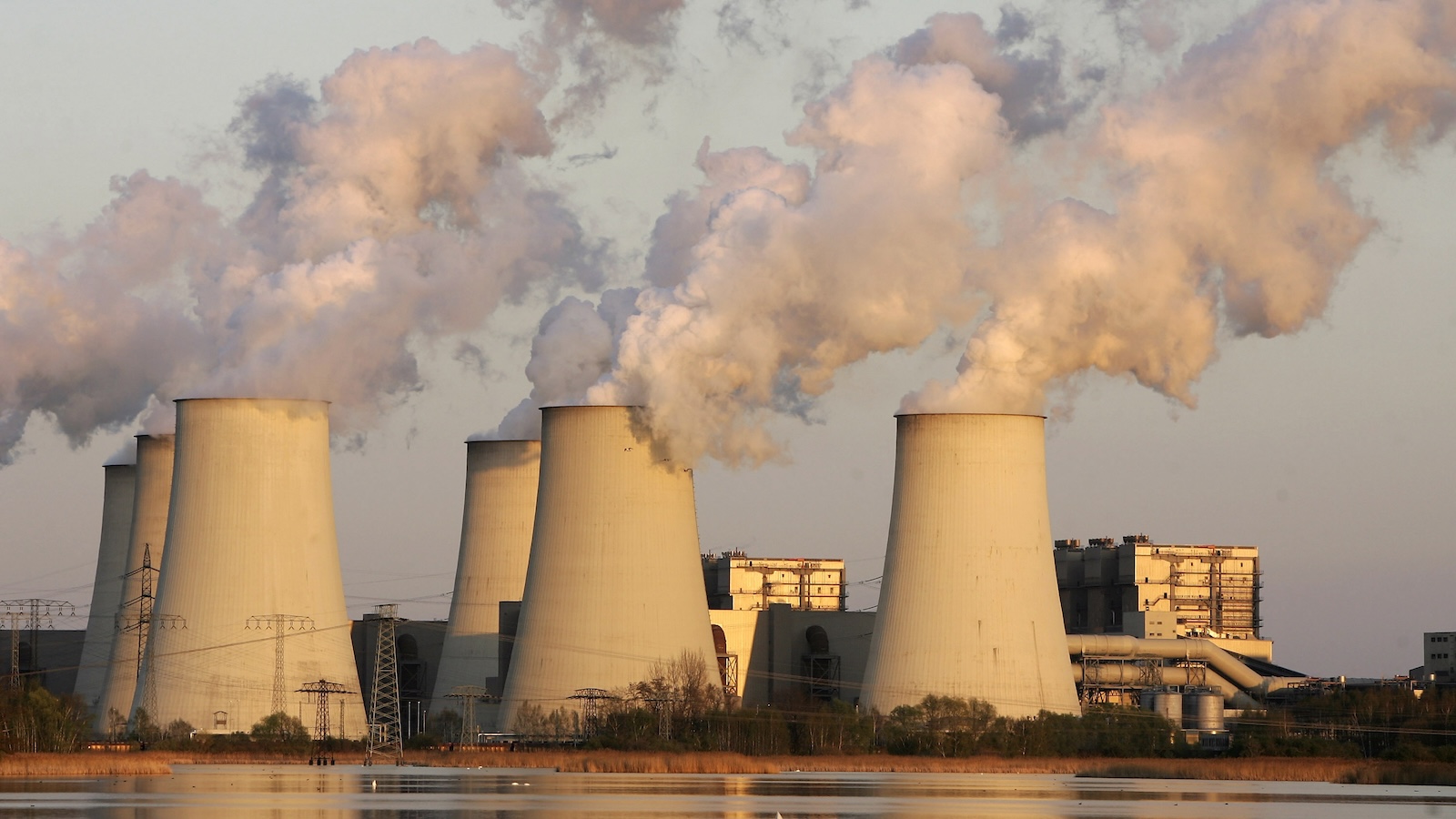When the sharing economy took off in the 2010s and upended entire industries, the firmest proponents of the model heralded it as an economic revolution that would help slash emissions. Of all the ideas that emerged and dissolved over the years, shareable electric scooters seemed to possess the most promise for climate. Almost anyone with a smartphone and a credit card could grab one and ride it down the block or across town, eschewing automobiles.
Yet, as the industry matures and Lime — which, with operations in 280 cities worldwide, is the biggest player — moves further into its eighth year, researchers have shown that the eco-friendly dreams of shared micromobility have not materialized without problems. The true climate benefits of these fleets depends upon how companies deploy and manage them, and safety remains a concern as injuries climb. But industry leaders appear intent on ensuring their scooters are as sustainable and safe as possible.
“It’s really important as a company that has set a net-zero target by 2030,” said Andrew Savage, Lime’s head of sustainability, “that we walk the walk, and that we do everything we can to inspire the industries around us to decarbonize as well.”
The sustainability of shared micromobility is an active area of research in a fast-changing industry. Ultimately, researchers see two factors that determine the overall climate impact of e-scooters: how users ride them, and how operators manage them from manufacturing to disposal.
A recent survey of the latest research questioned whether the sharing economy is inherently sustainable, including a particular look at e-scooters. The survey found many researchers were repeatedly concerned with the question: “If riders hadn’t rented a scooter, how would they have gotten to their destination?” If someone would have walked instead of ridden, that person increased the emissions associated with that trip. But several studies, including one by the Portland Bureau of Transportation and another, funded by Lime, by a German research institute, have found that though anywhere from a third to well over half of scooter users would have walked instead, enough other trips that would have been taken by car were not. Shared scooters, on the whole, help reduce overall transportation emissions — often preventing 20 grams of CO2 emissions per mile ridden on a scooter.
The picture in urban landscapes, however, can get slightly more complicated when researchers consider how those providing the scooters retrieve them to charge, repair, or redistribute them to where people are likely to use them. Colin Murphy, director of research and consulting at the Shared Use Mobility Center, said that when operators use big cargo vans to manage their fleets, they can negate some of the emissions savings from users.
To address this, Savage said the company is improving its fleet logistics to reduce overall emissions. Lime’s scooters and bikes are now equipped with larger, swappable battery packs, which means they need to be charged less often, and when they do, fleet workers can drive around with a trunk full of battery packs rather than taking the scooter back to a warehouse, effectively cutting logistics emissions in half while ensuring scooters are available more often. Savage said the company has also bought over 140 electric vans to support those operations. Though that’s 10 times the number Lime had a few years ago, it’s still only one van for every two cities it operates in.
Savage said Lime is also working to reduce its impacts in other ways. For instance, in North America, “once vehicles arrive at port,” Savage said, “we are now using emissions-free trucking to get those to our distribution centers.” Beyond that, the company has designed a modular bike that makes it easier to swap out damaged parts, and parts that are beyond repair are often sent for recycling. And it has worked with one company, Gomi, to salvage cells from partially damaged batteries for use in what it says are zero-waste Bluetooth speakers.
But perhaps the most concerning hurdle the industry faces is also the one over which it has, in reality, the least direct control: rider safety. One study, released earlier this year by researchers at the University of California, Los Angeles, found that from 2017 to 2020 serious injuries for scooter riders rose threefold, just as revenues for the scooter-sharing industry shot from $10 million to nearly $450 million. This trend only continued into 2021 and 2022, with micromobility injuries increasing an average of 23 percent every year. And these weren’t just scrapes and bruises. The UCLA-led study found that scooter users were, compared to cyclists, more likely to end up with a broken arm or leg, require surgery, or even end up paralyzed. The researchers suspect that may be due, among other things, to riders often lacking safety gear.
Lime insists that it places safety first. But with most American cities designed to promote cars over all other forms of transit, the health of scooter users is, like those of pedestrians and cyclists, at risk once wheels hit pavement. Perhaps it should be no surprise that of the 30 people killed in 2018 while riding an e-scooter, 80 percent were struck by a car. This is why, if society wants to move away from cars as the default, Kailai Wang, who studies urban mobility at the University of Houston, believes urban areas need to invest in upgraded infrastructure like protected bike lanes that can make roads safer for non-automotive transport.
Of course, cars aren’t the only dangers e-scooter users, like cyclists, face. Poor road and sidewalk conditions can lead to serious injuries. And sometimes riders are their own enemy. According to some studies, first-time riders and late-night riders face elevated risks. Murphy, said that these are two areas where scooter-sharing platforms and local policymakers can step in.
For instance, he said that operators could artificially limit the max speed of a scooter during a user’s first few rides as they grow accustomed to the vehicle. In other cases, many cities prohibit e-scooter rides in the wee hours to prevent misuse. But “to the degree that these vehicles provide a real kind of transportation lifeline for some people,” Murphy said, “that’s almost when they’re at their most important.” For someone who ends a late shift after bus services end, an e-scooter might actually be their best, or only, means of getting home. This reality led the Chicago City Council, for example, to consider revising its own late-night prohibition.
As long as people have access to one of these vehicles when they need one, and a safe lane in which to ride it, shared micromobility can help cities move away from car-dependent transportation, slashing emissions in the process, by shifting transit from something material and energy-intensive to something low-impact and electric.
This story was originally published by Grist with the headline 8 years into America’s e-scooter experiment, what have we learned? on Apr 15, 2024.




